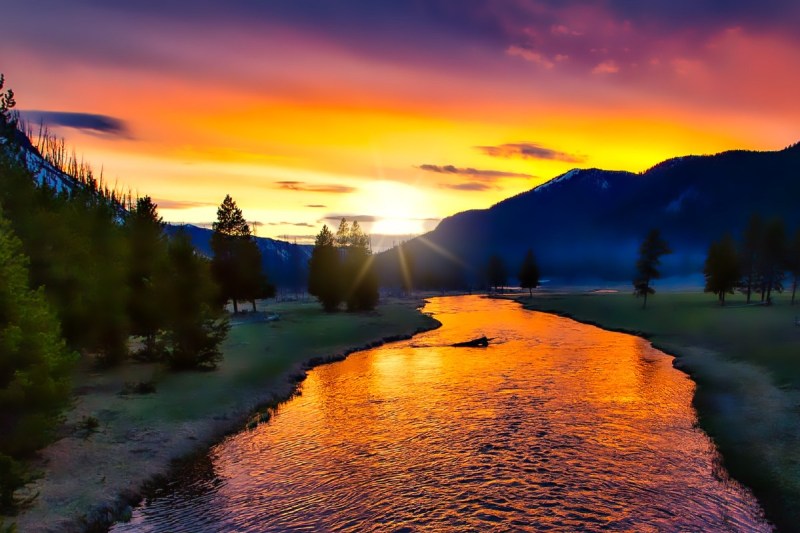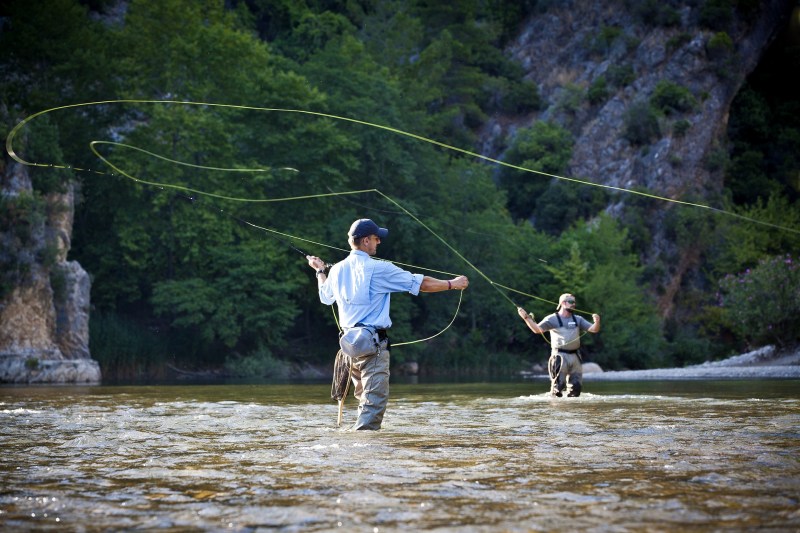Thanks to a boom in U.S. National Park visitation numbers, the National Park Service has been clamping down on park access for the last few years. Reservations and restricted entry times are fast becoming the norm at many of our best National Parks. So, it’s great news when the NPS announces any type of expanded access, like Yellowstone’s relaxed fishing guidelines beginning later this year.
Get the full details on Yellowstone National Park’s expanded fishing guidelines

In an official news release published last week, the National Park Service announced that “beginning Nov. 1, 2024, Yellowstone National Park will expand fishing access by allowing for year-round fishing opportunities at two locations in the park.” The catch, if you can call it that, is that this will only include two specific locations. The first is along the Madison River, specifically from the state border of Wyoming and Montana, downstream to the park boundary abutting the West Entrance near the town of West Yellowstone, Montana. The second is the Gardner River, beginning at Osprey Falls down to its confluence with the Yellowstone River near the park’s North Entrance in Gardiner, Montana.
The expanded fishing season in these two locations comes as a pleasant surprise at a time when the NPS has been forced to heavily restrict recreational access in many parks due to overcrowding. Yellowstone receives four million visitors annually, and approximately 50,000 of those fish each year. It might seem strange in a place where the conservation of both the land and wildlife is paramount. But, fishing plays an important role in helping to support the park’s native species. The park service points out that all fishing regulations within Yellowstone are designed to support native fish conservation goals.
Cutthroat trout are the only 100% native trout species to the park and thrived here long before Euroamerican settlers arrived. Unfortunately, the species has been threatened by the introduction of non-native trout, including brown, rainbow, lake, and brook. The cutthroat has since seen a sharp decline in the last few decades as all species compete for the same food and habitat. The NPS is hoping that the newly expanded season will help the population rebound.
When year-round fishing starts in Yellowstone National Park

For 2024, annual Yellowstone fishing permits will remain valid from May 25 through the last day of the year. The expanded fishing season starts November 1, 2024, at the above-mentioned locations: the Madison River and the Gardner River. From January 1, 2025, the park’s annual fishing permits will be valid for the entire calendar year, from January through December 31. Throughout the rest of the park, fishing will remain open during the standard fishing season, currently from the Saturday of Memorial Day weekend through October 31 annually.
If you’re unsure which National Park to visit, check out our comparison of Yellowstone versus Yosemite, and take note of our packing list for Yellowstone if you decide that’s the right one for you!




